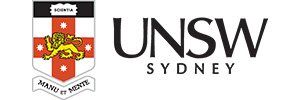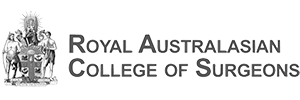Angiosarcoma
What Is An Angiosarcoma?
Angiosarcoma is a rare and aggressive form of sarcoma that occurs in the lining of blood and lymph vessels.
This cancer can develop anywhere in the body, but it most commonly seen in the head and neck region. Angiosarcomas can develop in areas that have previously been treated with radiotherapy.
Who Does Angiosarcoma Affect?
They are more common in people over the age of 50, but they can occur at any age. It is more commonly seen in people who have had previous treatment with radiotherapy.
What are the causes of Angiosarcoma?
The cause of angiosarcoma (like most sarcoma’s) is unknown. However they are well known associations, these include:
- Radiotherapy – Prior treatment with radiotherapy increases your risk of angiosarcoma. The angiosarcoma typically develops within the radiotherapy field 5 to 10 years following treatment.
- Lymphoedema – Swelling can occur within your tissue due to blocked or damaged lymphatic channels. Long standing lymphoedema is a risk for angiosarcoma development.
- Chemicals – some industrial chemicals have been known to cause angiosarcoma’s of the liver.
Symptoms Of Angiosarcoma?
The symptoms for angiosarcoma depend on where the cancer occurs. Angiosarcomas of the skin tend to present with a purplish swelling that appears like a bruise. These may increase in size over time and spread to effect other areas of the skin.
Angiosarcomas that effect organs may not cause symptoms until the tumour is advanced and symptoms depend on what organ is affected.
How is Angiosarcoma Diagnosed?
Doctors use a variety of tests to confirm the diagnosis of angiosarcoma. These tests include the following:
- Physical Exam: During a physical exam, a doctor looks at and assesses the tumour.
- Imaging Tests: Tests such as CT and MRI scans help doctors locate the tumour and determine if it is cancerous or benign. A PET CT scan is often used to stage the disease (look for spread elsewhere in the body).
- Biopsy: A doctor takes a sample of tissue from the tumour. Reviewing the cell sample under a microscope can identify features of angiosarcoma.
Surgical Treatment for Leiomyosarcoma
The most common treatment for angiosarcoma is surgical removal of the tumour. The tumour is removed with a wide margin of normal surrounding tissue if possible. This improves the chance of cure and reduces the risk of the tumour re-occurring. If the tumour has occurred following radiotherapy, the excision includes all the tissue within the radiotherapy field.
Sometimes, your doctor will recommend chemotherapy before your surgery to help shrink your tumour.
Non-Surgical Treatments for Angiosarcoma
Chemotherapy
Angiosarcomas are aggressive tumours that are sensitive to chemotherapy. Chemotherapy is recommended after surgery for angiosarcomas to improve outcomes.



